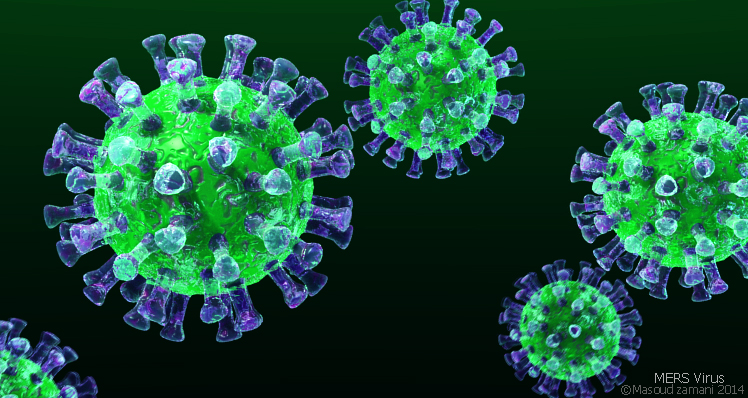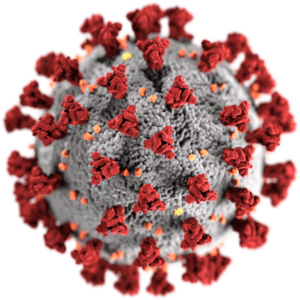
What Causes Infectious Disease?
Coronavirus is a family of RNA related viruses that cause diseases in the animal kingdom families of birds and mammals. This includes dogs, cats, horses, bats, camels, and humans. The name “coronavirus” comes for the virus’s appearance which is similar to that of a crown, having a fringe of bulbous surface projections or spikes, which the virus uses to infect healthy cells in the host animal. In humans, they typically cause mild respiratory tract symptoms and infections that range from mild to fatal. From mild illnesses like the common cold (which can also be caused by other Viruses such as the Rhinovirus) to more serious and even deadly illnesses like: SARS, MERS, and Covid-19.
There has been a recent rise in zoonosis, an infectious disease caused by a pathogen, to humans. From here normally the infection spreads from the initial infected human to others in the local population. Historically the Plague, the deadliest pandemic on record, was caused by the Bacterium Yersinia Pestis which jumped from rats to humans through fleas. The Ebola Virus which initially broke out in 1976 is theorized to come from humans eating infected bats, and the AIDS (Acquired Immunodeficiency Syndrome) Pandemic, caused by HIV (Human Immunodeficiency Virus ), is theorized to have developed in Primates in the early 20th Century.
While most strains of Influenza (The Flu) are thought to have originated in humans and are passed from human to human exclusively, there are notable cases of Zoonotic Influenzas. N1H1 or the Swine Flu is linked to the Spanish Flu Pandemic of the early 20th Century and the Swine Flu Pandemic in 2009. While H5N1, or Avian Flu, while mostly epidemic to only bird species, has according to the WHO and CDC infected approximately 900 people worldwide, resulting in 455 Deaths since 2003.
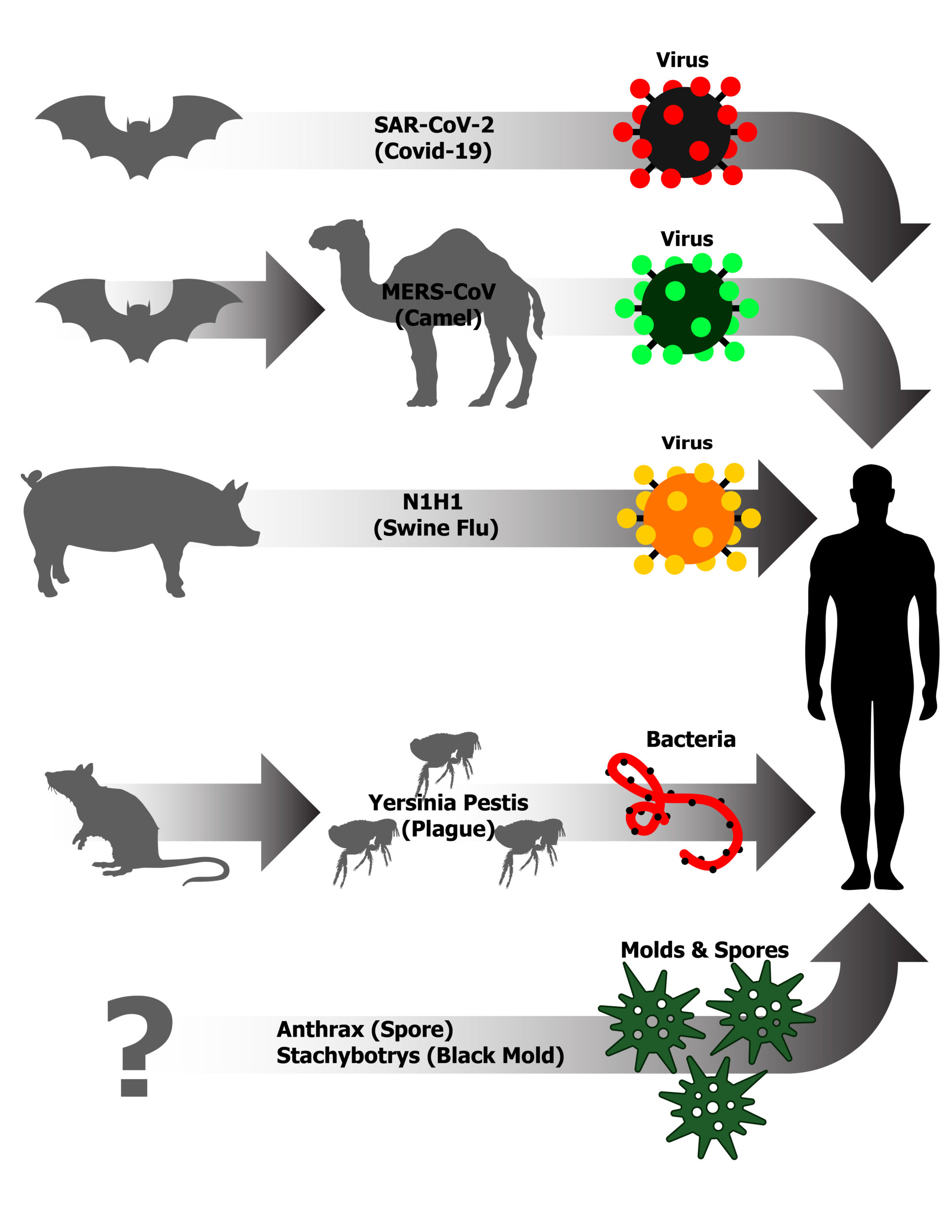
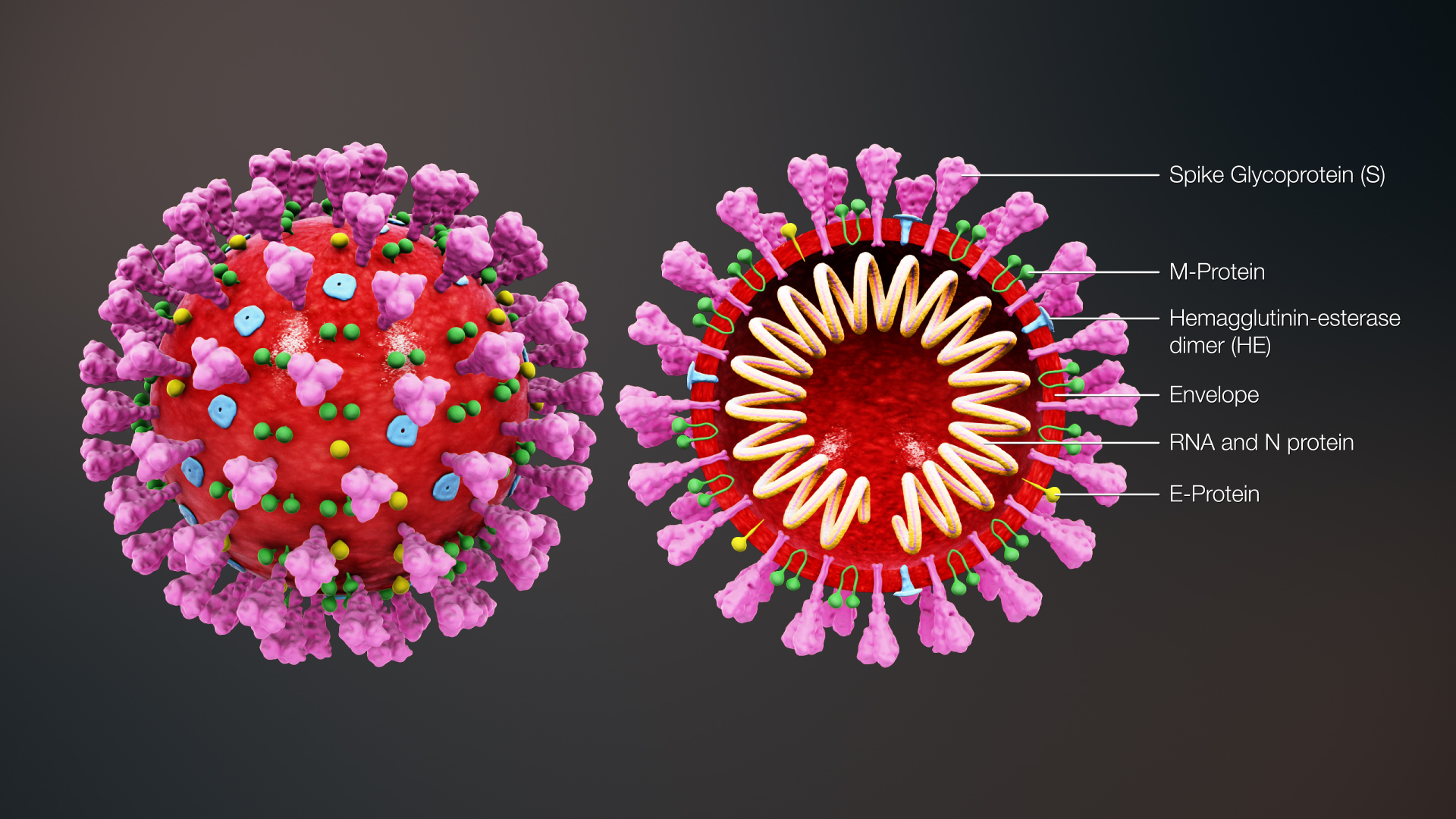
What Causes Infectious Disease?
The Coronavirus respiratory illness SARS (Severe Acute Respiratory Syndrome) is caused by the Coronavirus SARS-CoV or SARS-CoV-1, the first recognized SARS Coronavirus. SARS-CoV caused outbreaks in 2002-2004 and was traced to infected bats in 2017. While MERS (Middle East Respiratory Syndrome), also known as the Camel Flu, is caused by the Coronavirus MERS-CoV and while most humans contract the virus through interactions with camels its origins have also been traced back to bat populations. Most recently the respiratory illness Coronavirus disease 2019, or Covid-19, caused by Coronavirus SARS-CoV 2, has caused the current Pandemic which is impacting our daily lives and changing how we approach our businesses, social gathering, and even family events. However, it is important to remember that this is only the most recent threat and that Viruses are constantly mutating to find ways around our immunities and vaccinations.
What about all these Bats?
Why can so many of these viruses be tracked back to Bat populations and why is Zoonosis so common between bats and humans? Research has shown that the number of viruses that can be traced back to a mammalian species, such as rodents or bats, is proportionate to the population and diversity of the given species. The numbers of rodent and bat species of the mammalian family are extremely high, with bats boosting the greatest number of species of any other mammal. Bats are considered Reservoir Hosts of Emerging Viruses, as they are so geographically widespread with incredibly diverse and important roles in our ways of life.
Their primary characteristics, such as food choices, population structure and dentistry, ability to fly, seasonal migration and daily movement patterns, torpor and hibernation, life span, roosting behaviors, and ability to echolocate, may lead to extreme suitability as viral and pathogenic hosts. Bats have been identified to carry over 66 Viruses, such as Rabies, Ebola, and Coronavirus respiratory illnesses. Our understanding of bats, their behaviors, social structures, and even their ability to fly (They are the only Mammal that CAN FLY naturally) are limited and the scientific community is starting to study them with greater interest. In the future bats might help us identify and stop Illnesses before they become Pandemics, and provide the scientific community with early warning signs and even help in the development of vaccines.
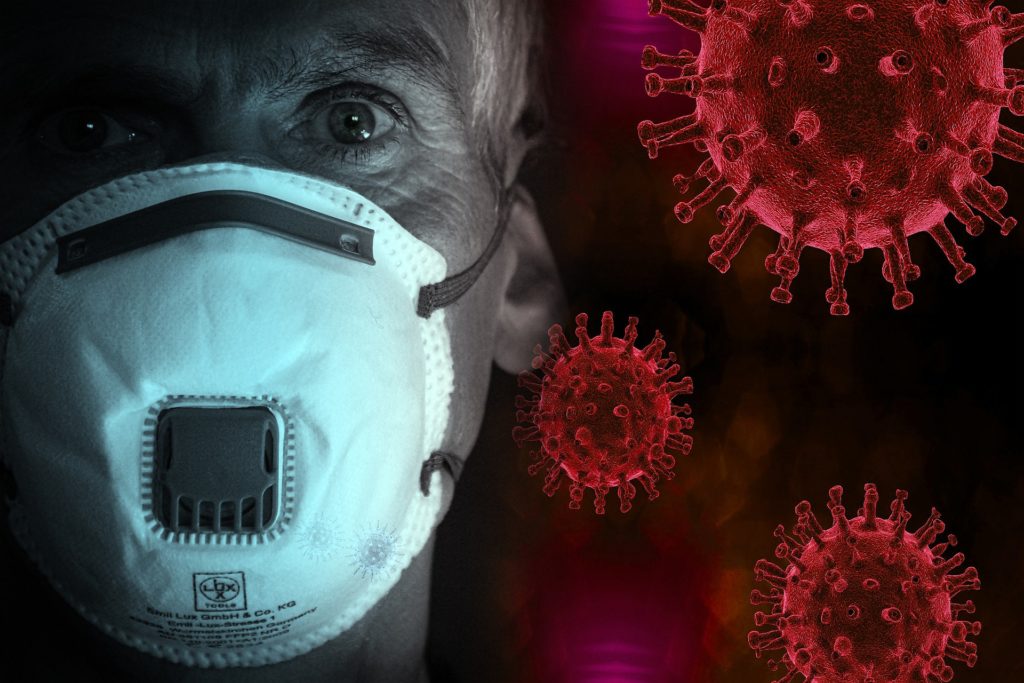
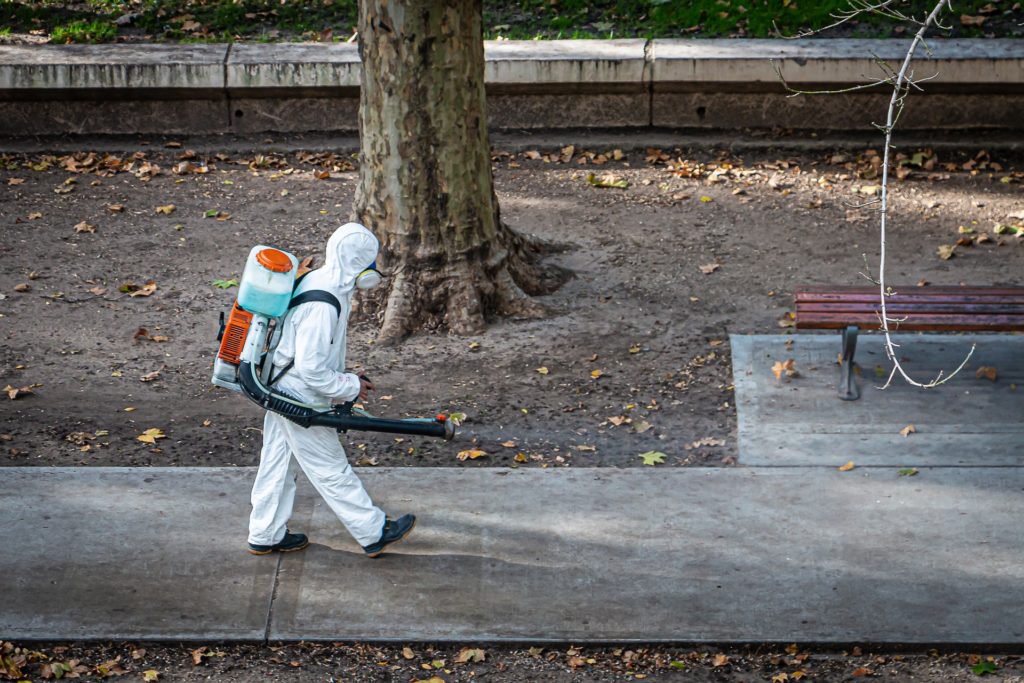
Epidemics and Pandemics
In our Modern World, we are connected more than ever with News, both factual and editorial, at our fingertips and update instantaneously. Be it Social Media, the 24 News Cycle, Traditional News Media sources, and even Podcasts we get our information at a dizzying rate, and our sources often rely on scary buzz words to stand out. Over the last year there has been a lot of talk about Epidemics and Pandemics, but what does any of it mean?
An Epidemic is an infection or disease that affects a large number of people in a given community, population, or region, and generally stays confined to that area. An example of this would be the Seasonal Flus that hit major metropolitan areas of the United States seasonally. Since not all Seasonal Colds and Flus are created equally.
A Pandemic is an epidemic that has spread over multiple countries, regions, and Continents. An Example of a Pandemic is Covid-19. Which started as an Epidemic in Wuhan, China but has since quickly spread, becoming a Pandemic.
Endemic is used to refer to a specific and constant effect that is regionally or geographically bound. As an Example Malaria is Endemic in specific areas of Africa and Eurasia.
An Outbreak is a significant and unforeseen spike in Endemic Cases, which if unchecked can evolve into an Epidemic. Outbreaks can happen anywhere, for example, Dengue Fever, normally Endemic to Africa, caused an Outbreak in Hawaii due to infected persons traveling to the State.
Timeline of Recent Infectious Diseases
- 1999-2002 – West Nile Virus
- Viral Infection transmitted by mosquito bites, endemic in areas with warmer temperatures and/or stagnant waters. Spread to 44 states, with 4,156 cases and 284 deaths.
- 2001 – Anthrax
- Anthrax Spores were spread via mail, late 2001 After 9/11. Spores spread in the air and can be breathed in. In total at least 22 cases and five deaths were caused by these spores.
- 2003 – SARS-CoV
- Severe Acute Respiratory Syndrome first appeared in Asia but became Pandemic when cases spread to the US in that same year. 8,098 people worldwide became sick and 774 people died.
- 2006 – Mumps Outbreak
- Viral Infection mumps had widespread outbreaks in the US with more than 6,500 cases in 2006. Late in 2009-2010, the largest outbreak reported 3,000 cases in New York City after an infected student returned from the UK where they had been exposed to another outbreak.
- 2006 – E. coli & Salmonella
- Bacterial infections linked to Escherichia coli and Salmonella have been present since 2006. Mostly caused by contaminated Spinach, Lettuce, Tomatoes, and other Fruits. These Bacteria have spread through grocery stores and foodservice chains such as fast food & restaurants.
- 2009 – H1N1 Virus (Swine Flu)
- Viral Infection known as the Swine Flu returned in 2009, becoming a pandemic in December of that year when it had spread to 208 countries. Resulting in at least 12,220 deaths. The swine flu was transmitted by pigs as a respiratory disease, usually through contact with farm raisers or participation in fairs.
- 2012 – Whooping Cough
- Bacterial Infection known as Whooping Cough reached 48,277 cases in the U.S. in 2012. Coughing fits last up to 10 weeks or more and can be life-threatening for infants. Worldwide, the estimation of whooping cough cases is 24.1 million with about 160,700 deaths per year according to the National Center for Biotechnology Information.
- 2012 – MERS-CoV
- Viral Infection Middle East Respiratory Syndrome emerged on the Arabian Peninsula in 2012 and was quickly discovered to be a coronavirus when the illness became viral. Endemic to the Arabian Peninsula, 2,494 cases have been reported, including 858 deaths.
- 2014 – Ebola
- Viral Infection Ebola was endemic to Africa near the Ebola River in 1976. However, an outbreak happened in Guinea in 2014, before spreading to neighboring countries, with the highest cases in Sierra Leone of 14,124 and 3,956 deaths. The most recent outbreaks of Ebola occurred in the Democratic Republic of Congo in 2018.
- 2016 – Zika Virus
- Viral Infection Zika Virus is spread through bites by infected mosquitoes, and most commonly affects pregnant women, who if bitten can experience stillbirth, preterm birth or fetal loss. 84 countries have Zika virus cases in the Americas, first reported in Brazil, then spreading to New York, Florida, and Texas.
- 2020 – COVID-19
- On Jan. 30, the World Health Organization declared a “public health emergency of international concern” for the new coronavirus, COVID-19, originating from Wuhan, Hubei Province in China. Like SARS and MERS, this virus originates from certain animals before infecting humans and has spread quickly. The confirmed locations of the virus’ presence are in Asia, the U.S., Canada, Australia, Europe, and Russia.
Covid-19
Covid-19 has proven particularly insidious. It can survive on surfaces up to 17 days on various untreated surfaces and people infected by the virus might not show symptoms for up to two weeks after infection, making it difficult to track and contain. While most people might only suffer mild to moderate respiratory problems, those who are immunocompromised and the elderly are more likely to develop serious infections. Covid-19 spreads primarily through droplets of saliva when speaking or sneezes and coughs which discharge greater quantities of aerosolized mucus and saliva from the nose and mouth.
While social distancing, masks, quarantines, remote work, and frequent and proper handwashing can help you personally, Pure Air Design can help you protect your staff, clients, customers, and family. Getting your home and business back on track.
